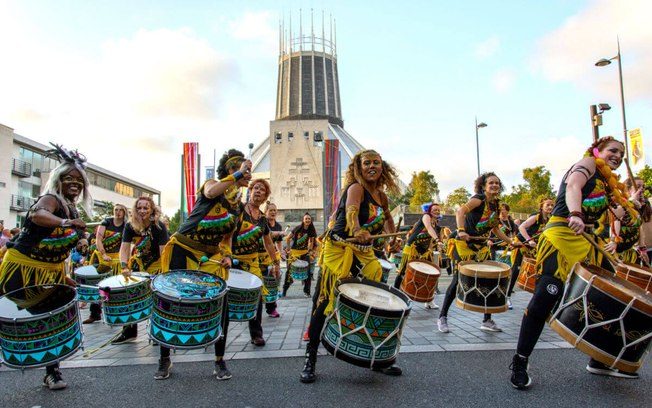
Samba, one of the most representative musical genres in Brazil, carries in its melodies and rhythms a rich and complex history, intertwined with the country's socio-cultural trajectory. Born from the fusion of African, indigenous and European influences, samba transcended its initial context to become a Brazilian sound identity, admired and recognized internationally. This article aims to explore the history of samba, from its roots to its modern representation as a national cultural and artistic heritage.
Origins and Influences
The origin of samba is the subject of many debates and studies, but it is widely recognized that its roots are rooted in African traditions brought by slaves. The term “samba” probably derives from “semba”, an Angolan dance and musical genre. However, samba as we know it is not a direct transplant of any African tradition, but rather a product of the mixture of different elements.
These slaves, coming from different parts of Africa, brought with them different musical and rhythmic traditions that merged with indigenous and European influences in Brazil. Instruments such as the atabaque, the tambourine, and the cuíca have African origins, while the melody and some harmonic structures were influenced by European styles.
Candomblé and Samba de Roda
Candomblé, an Afro-Brazilian religion, played a crucial role in the formation of samba. Religious rhythms and chants found their way into early forms of samba, particularly the “samba de roda” of Bahia. Samba de roda is one of the oldest forms and was declared Intangible Cultural Heritage of Humanity by UNESCO in 2005.
From the Hill to the City
Samba gained prominence in cities at the beginning of the 20th century, especially in Rio de Janeiro, where black and mixed-race communities began to organize the first samba schools. In this way, these schools, more than educational institutions, were community associations that preserved and promoted samba and Afro-Brazilian culture. In 1928, they founded the first samba school, Deixa Falar, and this tradition grew, culminating in the world-famous Rio Carnival.
Bossa Nova and Beyond
In the 50s and 60s, samba found a new expression in Bossa Nova, a genre that mixed samba with jazz and classical music. Furthermore, artists such as João Gilberto and Antônio Carlos Jobim internationalized this new form of samba, which captured the world's imagination.
Heritage and Identity
Today, samba is considered one of Brazil's greatest cultural and artistic heritages. It is not just a form of music, but also a means of telling stories, celebrating life and resisting adversity. From its Afro-Brazilian roots to its position as a jewel of national culture, samba represents the plurality and richness of the Brazilian experience.
The history of samba is a rich and multifaceted tapestry that mirrors the history of Brazil itself. It evolved from a marginalized Afro-Brazilian rhythm to one of the most important cultural expressions in the country. Samba is more than a song; it is a language, a movement, a lifestyle, and above all, it is a sound portrait of the Brazilian soul.
